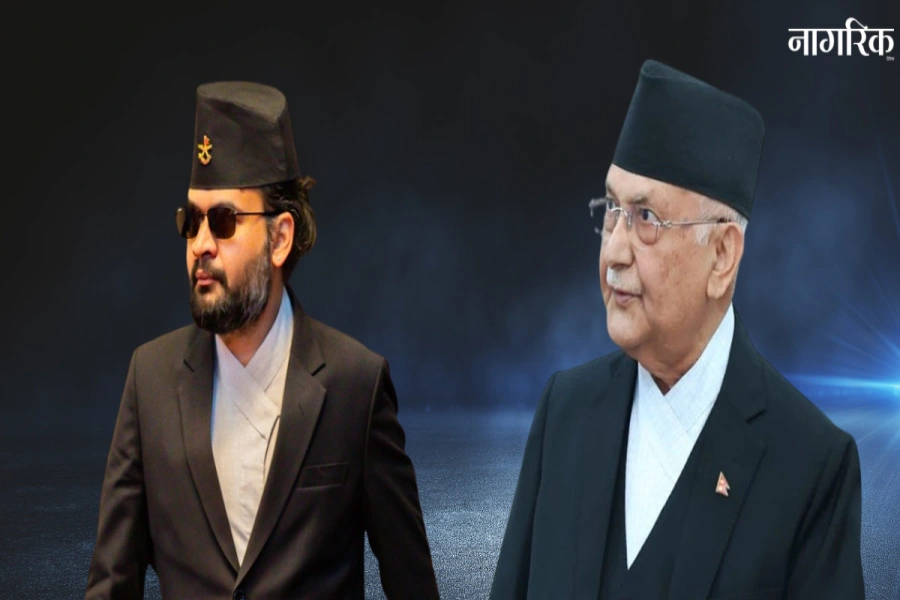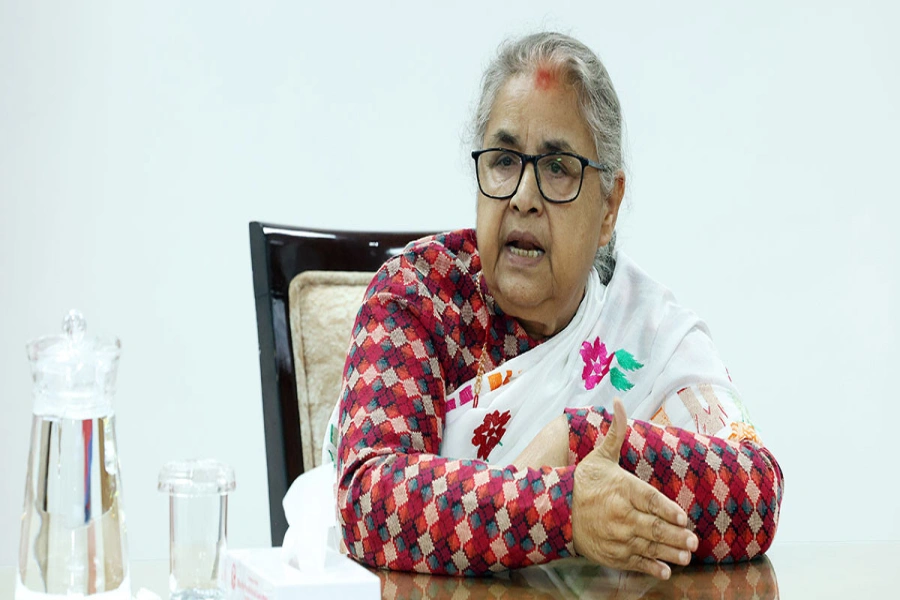Half A Life is a work on studied nonchalance to conformity, to this need of self-respecting men across societies to pretend that life is going on fine when it is not, when to admit so is sacrilege, and a life of emptiness is continued to be led. Naipaul’s vehicle for this portrayal is a character blessed and cursed in equal measure by circumstances beyond his design.
William Somerset Chandran has an uncanny resemblance to the author. In 1956, Willie, son of a Brahmin and a sister of an untouchable radical from a princely protectorate in India, lands a scholarship at a London college, thanks to his father’s comical fame. Willie finds the bohemian atmosphere of the immigrant’s London in the 1950s liberating. He falls in love with Ana, an heiress to an African estate, and follows her to a colony where they spend eighteen uneventful years.
Willie’s career in the book is not illustrious. Certainly nothing like the Naipaul we know, an accomplished life adorned with a Booker and a Nobel, and a giant so tall that a reviewer in his country of adoption declared, “In a canon of contemporary British writing, he is without peer.” But casting everything in settings that many who have researched his early career know have been visited by Naipaul himself, Willie is the Naipaul who did not become, but could easily have, given how he himself portrays fate dragging complete lives of promise into mediocrity. If the intention is to allow a convincing merger of a life that he knows best with the invention of failure, Naipaul succeeds. In Half A Life we have three distinct voices narrating happenings in India, England, and Africa. It is the final section that is particularly joyous where, as the Nobel citation puts it, Naipaul “unites perceptive narrative and incorruptible scrutiny to compel us to see the presence of suppressed histories.”
Nobel prize winning author V.S. Naipaul dies aged 85: BBC

Naipaul picks up the theme of sexual adventure with rare candor. Willie’s early years with Ana mark some pleasant discoveries, but it is only through brazen infidelity at the age of 33 that he finds bliss. This resonates with Naipaul’s own struggle to tame his urges as a foreign student at Oxford, amidst a state of suicidal depression.
Naipaul’s scandalous philandering silently accommodated in a complex union to a loyal wife of forty years are damningly portrayed in Sir Vidia’s Shadow by a friend turned foe, Paul Theroux. It is not an accident that a character in the novel, self-described as rich and white from Colombia, emerges to make an amusing statement, “My youngest sister is married to an Argentine. When you have to look so far and so hard for a husband, you can make mistakes.” Lady Pat died some years ago without mothering a Naipaul child. In the novel, Willie spends eighteen years with a childless Ana, who at a late stage confronts him about his indiscretions. Even she isn’t spared the humiliation.
Generally, Naipaulian themes include exile, alienation, and the psychological ravages of a colonial aftermath. Born in a small island on the periphery of the empire, Naipaul says he has no sense of belonging and has claimed the world as his subject of inquiry. But both his fiction and the documentaries have largely drawn on lives that remain what Thomas Hobbes in 1651 called, “solitary, poor, nasty, brutish, and short.” Naipaul has not always been affectionate in portraying his peoples - the Africans, the Indians, the Muslims; and this is where he has taken much flak from critics. He doesn’t care too much about being correct and proper. This is perhaps what distinguishes him from the idle, pontificating Left. Naipaul is an author of precision who thinks, weighs, pauses, measures, and perfects every sentence he writes. In his non-fiction, Naipaul lets his characters speak. In novels, he takes charge and speaks through them. That this is common knowledge often makes reading him a tragic experience. The parts where he is sorry for his father, parts where he is sorry for himself, are brutally honest, and so very hard to bear.
Sir Vidiadhar Surajprasad Naipaul declared the novel form dated, and urged for new styles of narration. Half A Life does this by ending without a climax, without a resolution, with Willie becoming incorrigibly unfaithful, and flying to Germany to meet his sister Sarojini whose own life across continents had been uninteresting. Naipaul’s books apparently don’t sell well, not in big numbers. The marketplace for his readership is diverse, but it is a skeptical crowd without a huge, loyal core. It is easy to appreciate Naipaul because nobody writes like him. But to admire him, people need to see in him a partial reflection of themselves, and connect with his origin in a humbled, ignored land, or his attempt to reconfigure his relation to his roots with the luxury of distance.
(Waglé is a former Vice-Chair of the National Planning Commission)





































